One place I hadn’t originally planned to visit in the Twin Cities area of Minneapolis and St. Paul, MN was Historic Fort Snelling.
I drove by it a few times and decided to look it up and I’m glad I took the risk for a visit. It was a great stop. If you enjoy history – Fort Snelling is a great site for it.
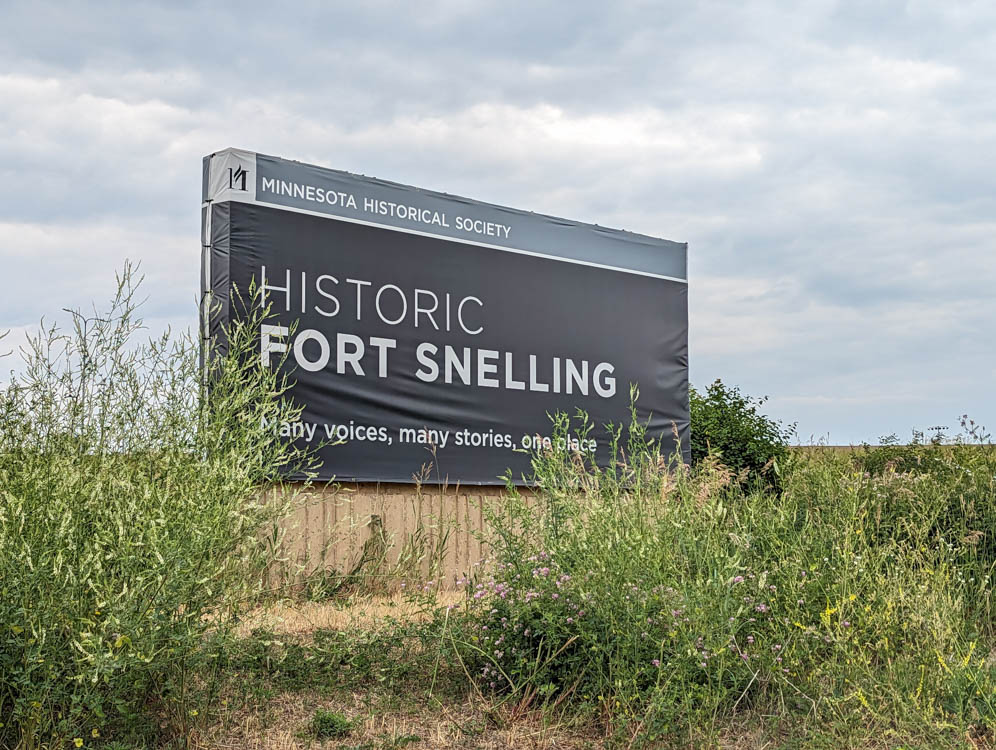
Due to the weather, I started out at the fort and came back to see the visitor center exhibits. There’s a full military exhibit upstairs in the visitor center that I didn’t get to – I was exhausted after 3 hours in the fort.
They also had a great film on repeat about the experiences of the indigenous people who lived in this area. It’s heartbreaking because it does include the US-Dakota Wars, imprisonment of Dakota women and children and mass executions of Dakota people, but it’s important to know and recognize the full history of an area. They also had a table, with a volunteer, to answer questions about the Dakota people and how sacred this area is/was to them.

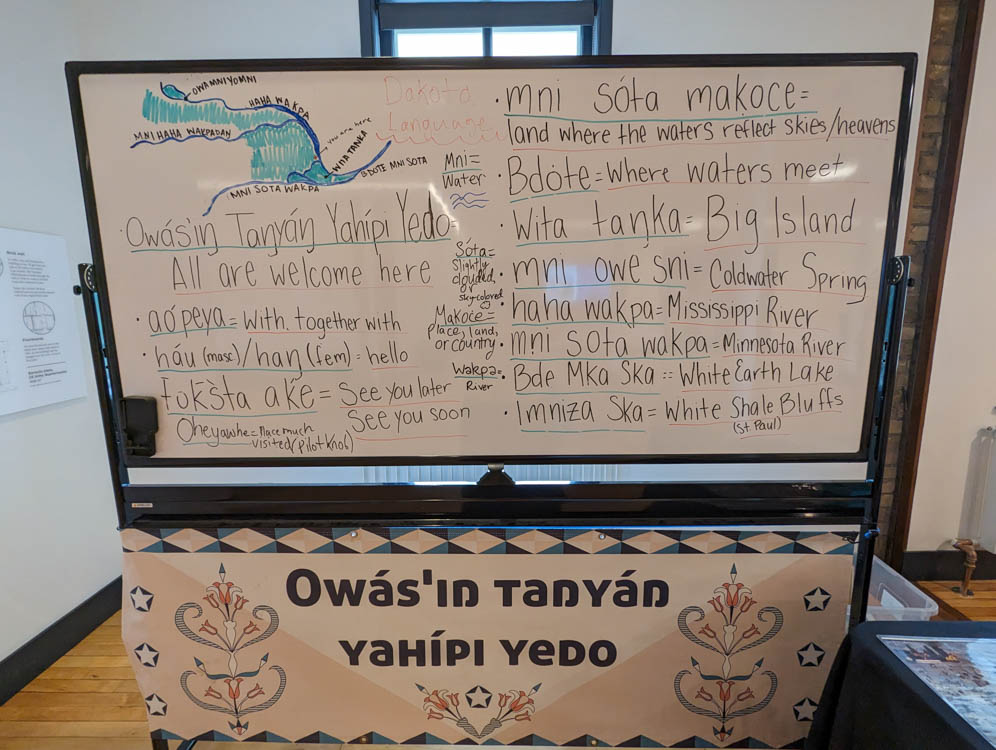
There’s a gift shop, bathrooms and light snacks you can buy at the gift shop. Before driving home I had some emotional support ice cream and soda to replenish my energy after such a full day at Fort Snelling.

You can go inside the visitor center first (and grab tickets there), or you can go straight out to the fort as they sell tickets at the gate there too. They also seem to offer a tram ride for those with limited mobility from the visitor center to the fort which is a short, but not insignificant, walk. If you walk you’ll be able to see information panels about the history of the fort.
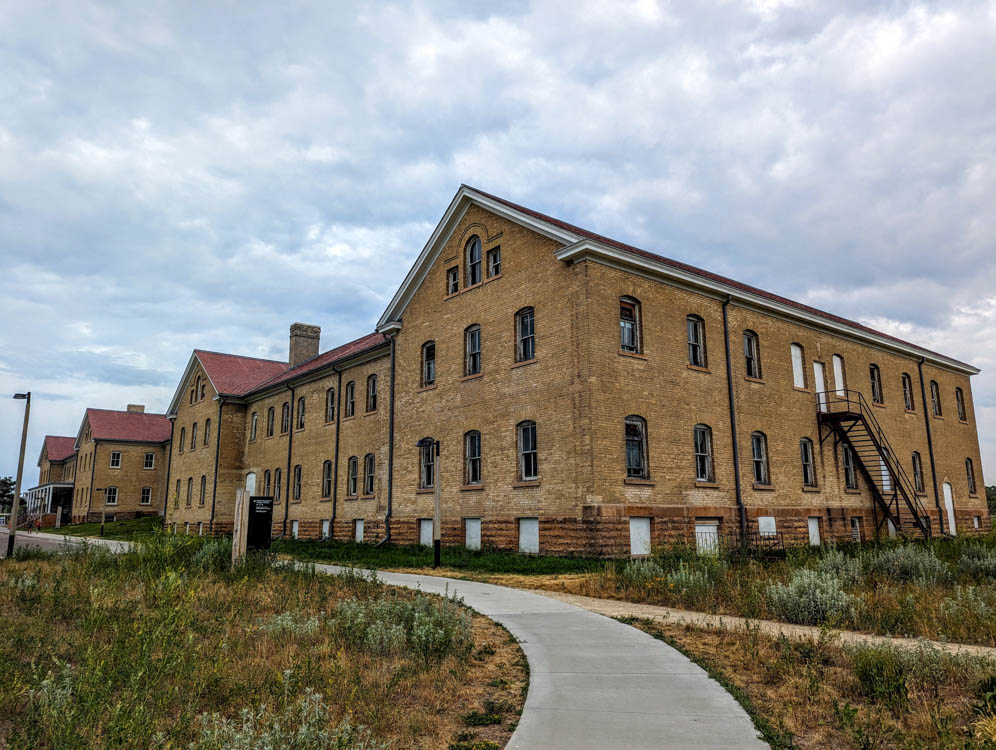
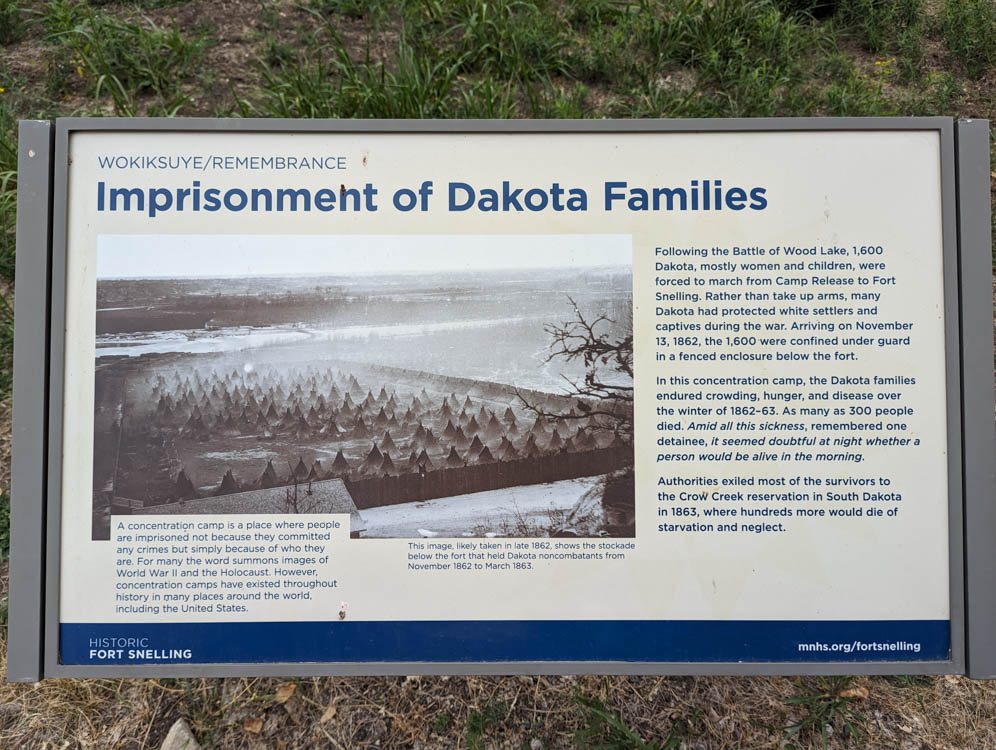

Fort Snelling does a great job of making sure you’re informed of what activities there are on the day you’re visiting. Everything runs on time with almost military precision – except for one display which started a few minutes early. The day I visited there were tours, baseball demonstrations, parade ground demonstrations, washer women demonstrations and a band on site playing throughout the day. I took part in ALL THE THINGS – yes, much to my feet’s dismay, including the baseball.
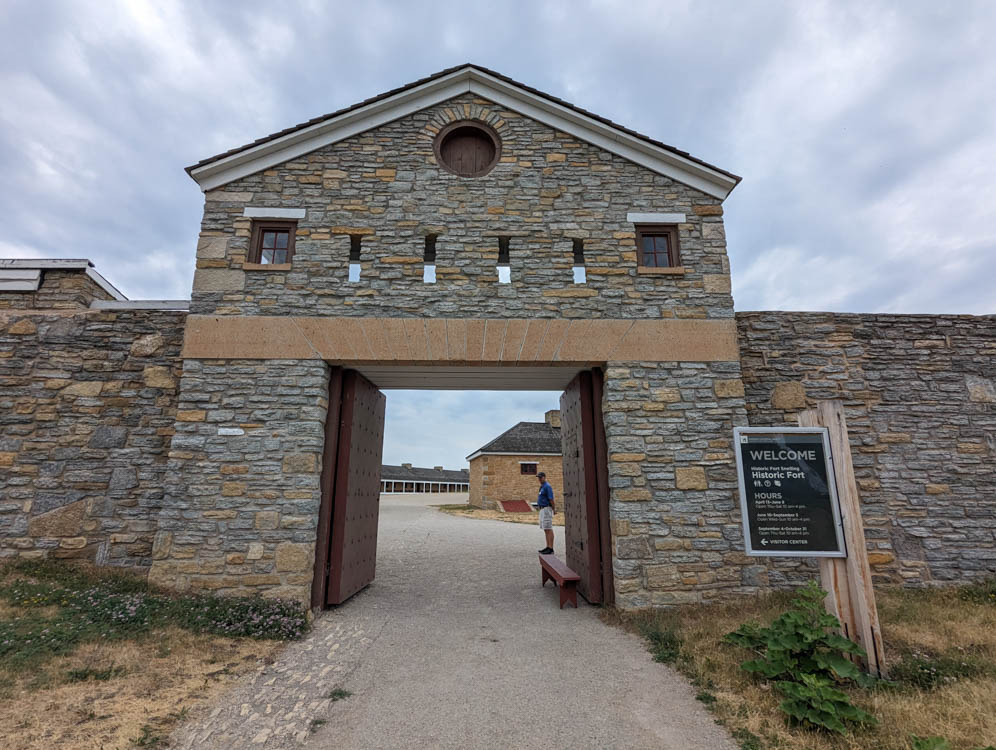
When you arrive, if you’re not heading straight to an activity, they recommend starting with the Round Tower to get a good overview of the fort. I just started to my left and worked my way around since I planned to see all that the fort had to offer. First up was the Guardhouse which was very interesting. The cells were incredibly dark inside without any windows.

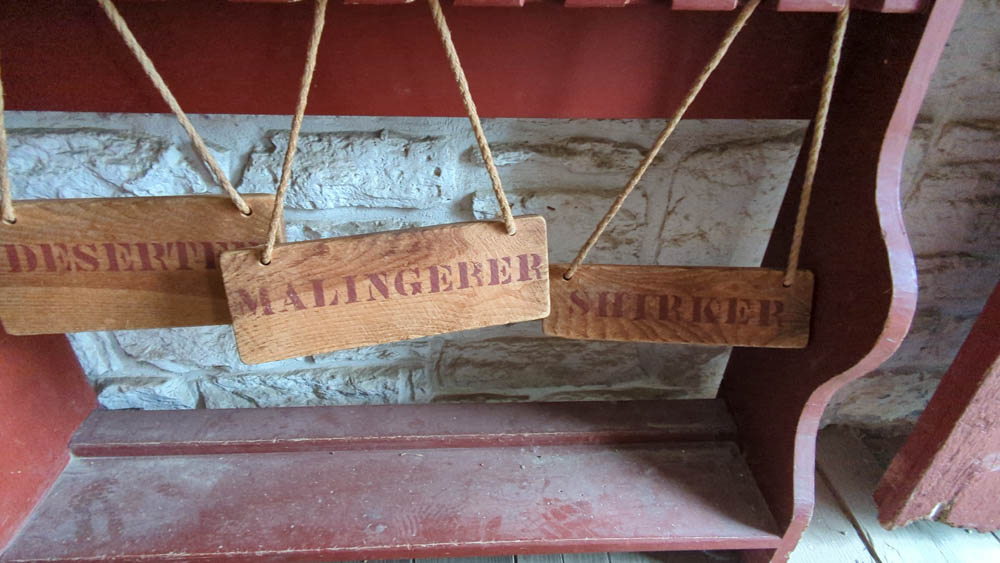

The Parade Grounds are in the center. They had a few demonstrations in that area the day I visited including the band, baseball and flag signals.
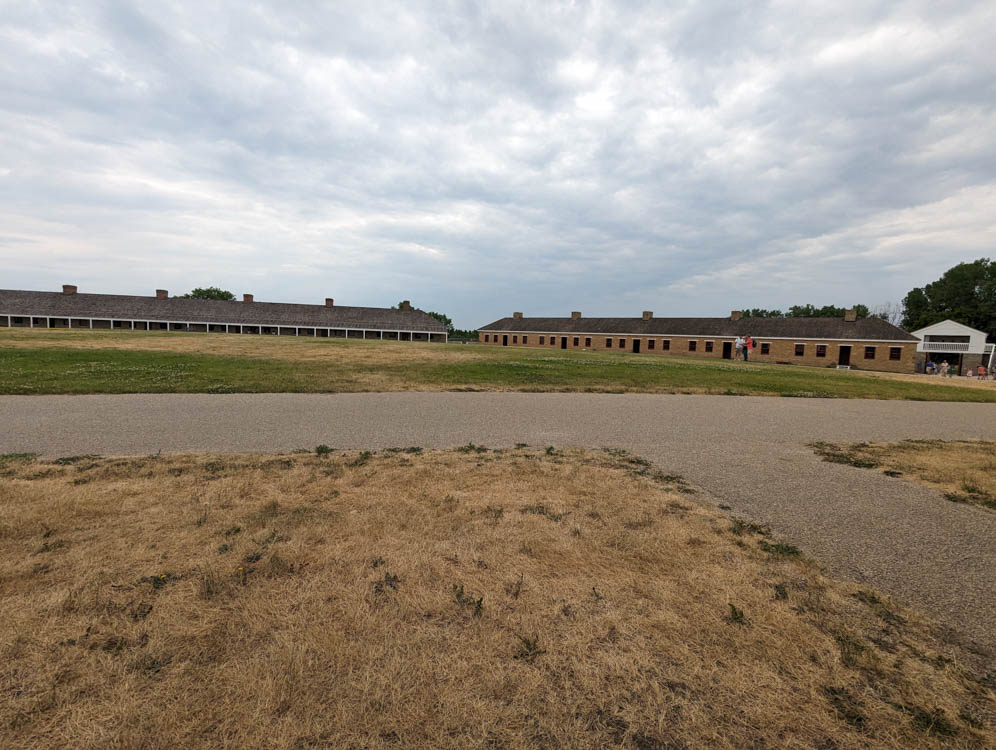
Because of the timing (just about every half hour had an activity and they ran 2x during the day), the flag demonstration was a little rushed and confusing but it was interesting at the beginning to learn about the flag signals. I also appreciated that they tried to get the audience participating in the activity, even if it wasn’t as successful as it might’ve been.
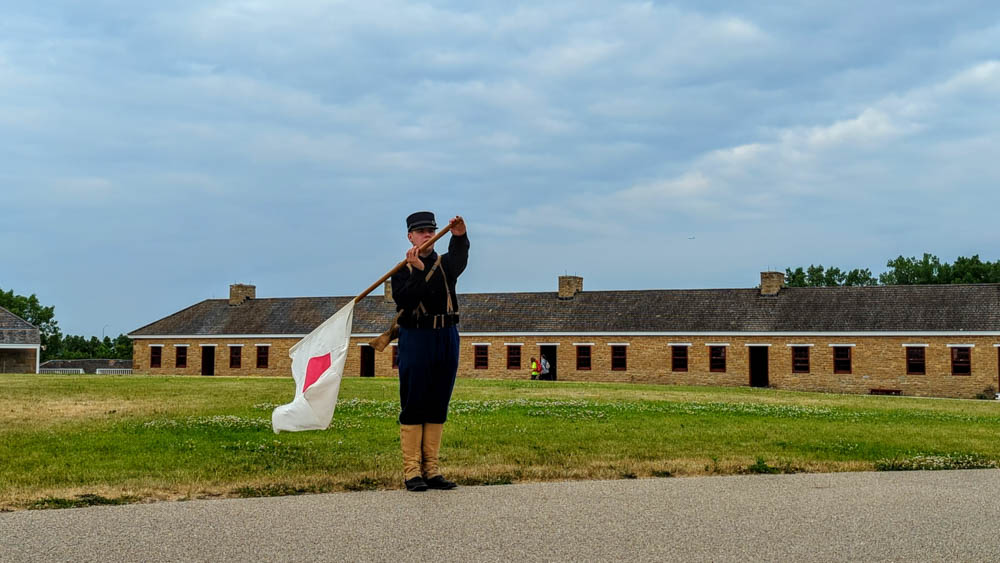
After the Parade Ground Demonstration I carried on moving around the fort from left to right. Next was the Round Tower which is one of 4 original buildings remaining from the original fort – the rest are reconstructions. This building had a lot of iterations in its history, including a beauty salon for the public.


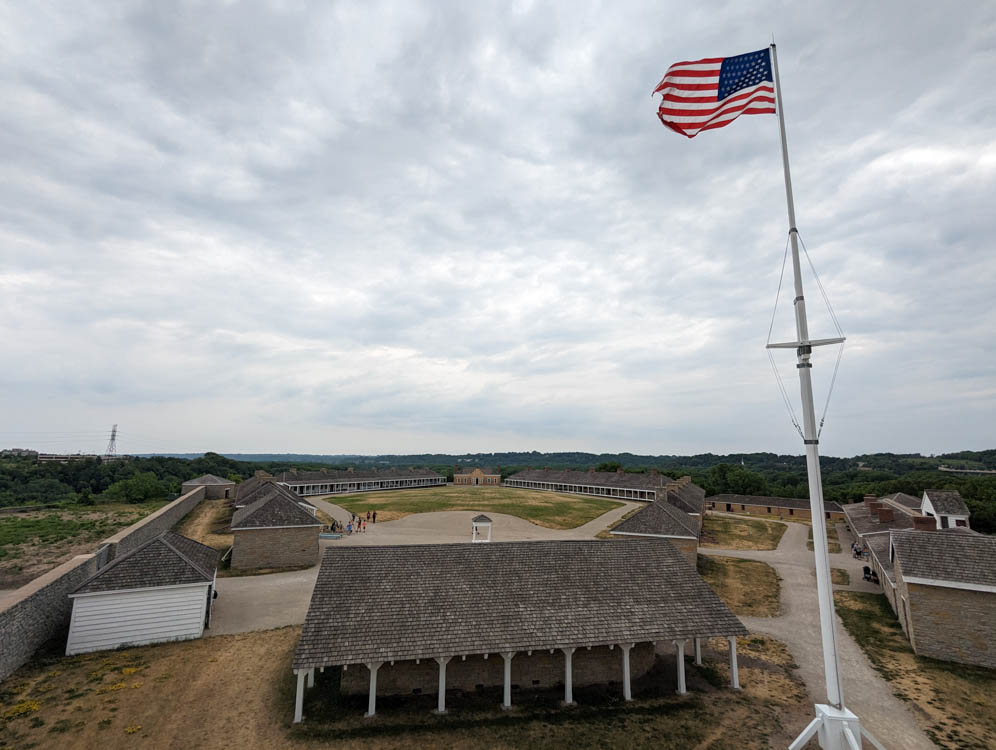
There are a number of other buildings that aren’t shown here, but as The Traveling Teach, I need to include the school house where both enlisted and officers’ children learned side by side.
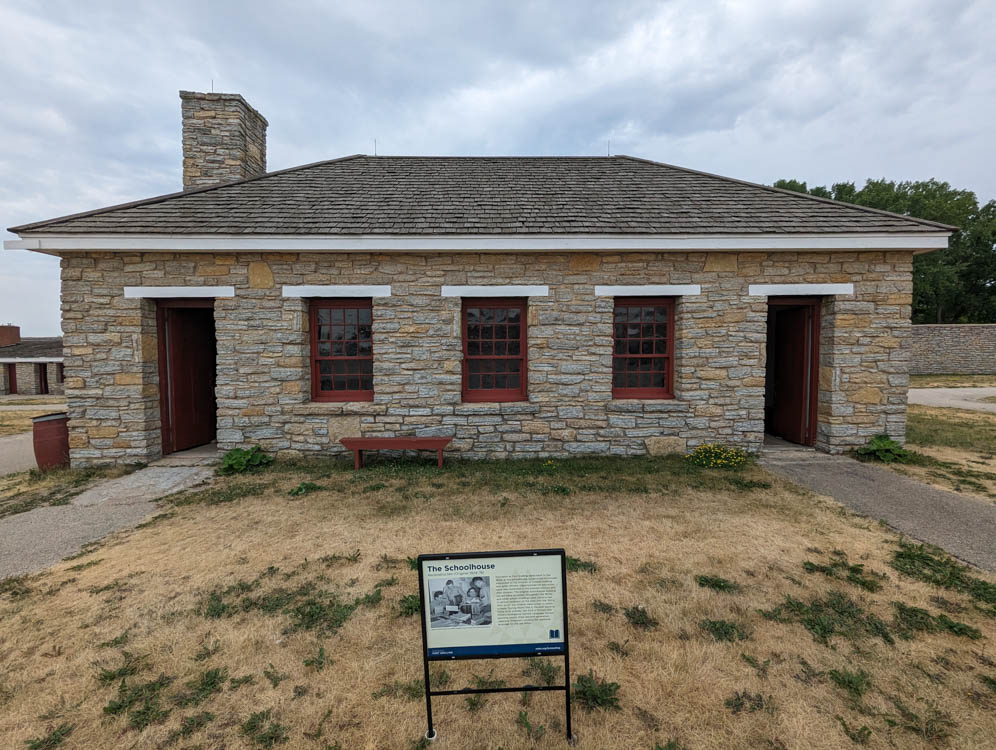
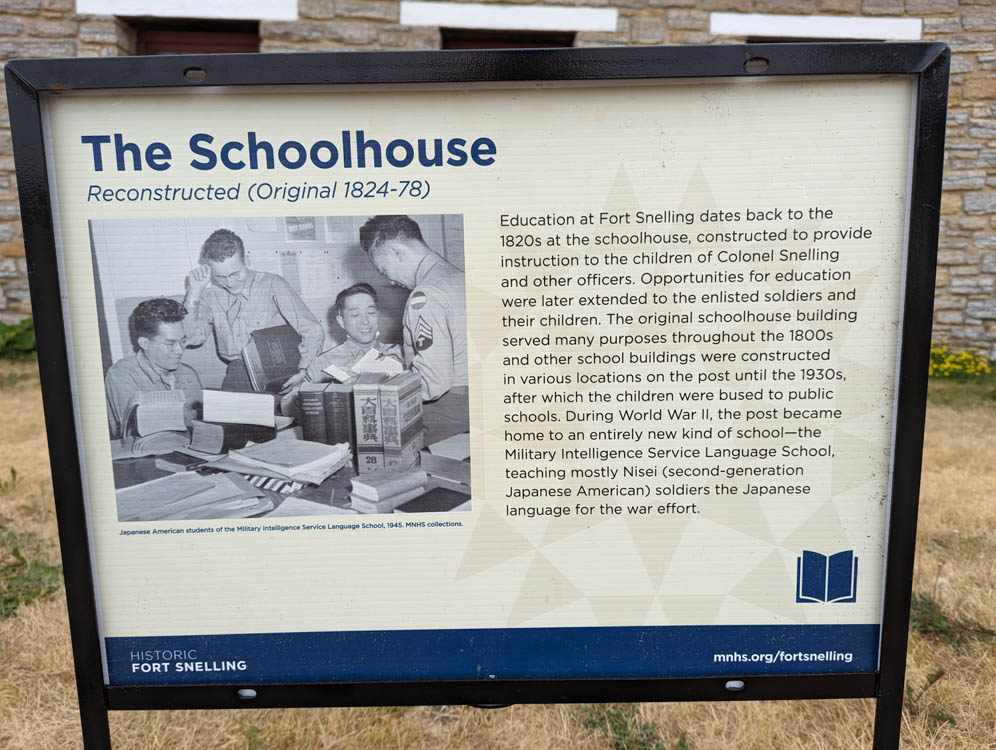

I learned all sorts of stuff, but three things stuck out to me as the most interesting facts of the day. The first was in the General Store which had a map of all the water “highways” and trade routes across the continent of North America before European colonization. I knew the waterways were valuable, but I never knew it was a cross-continental highway system.
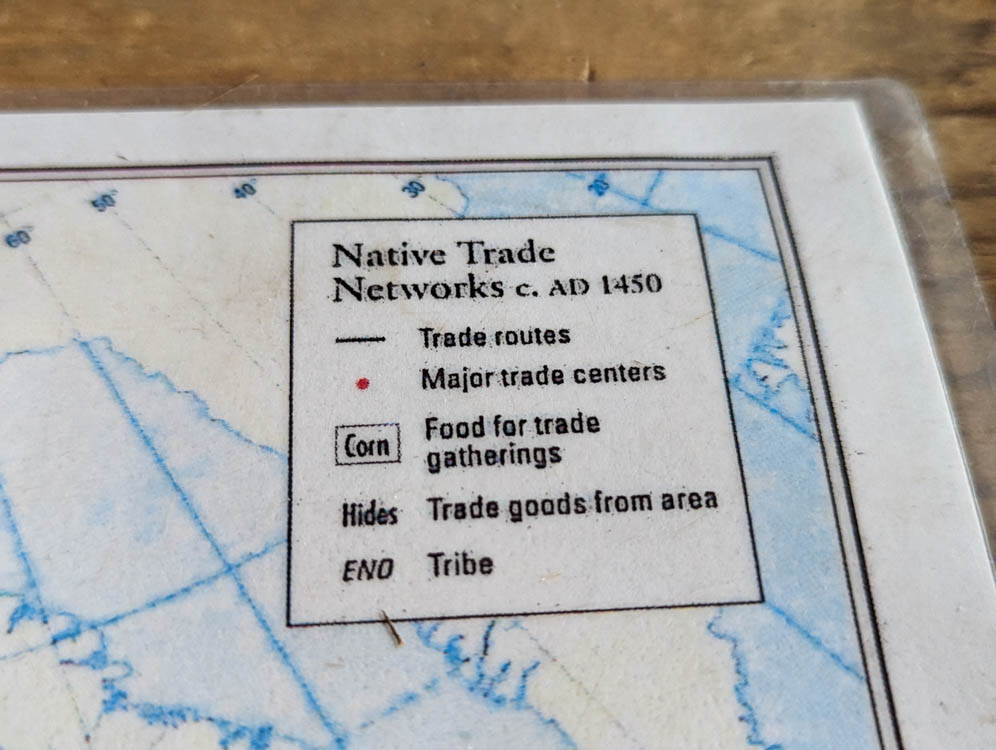
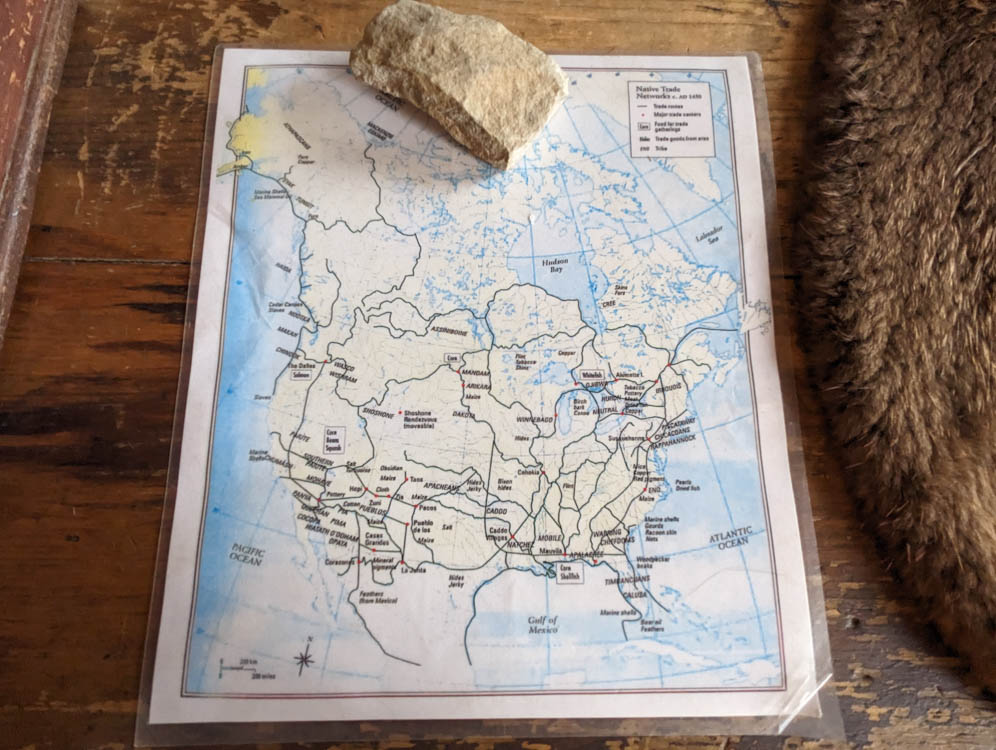
You can see what the barracks looked like for enlisted and officers, as well as exhibits throughout like the importance of the bicycle to the fort.

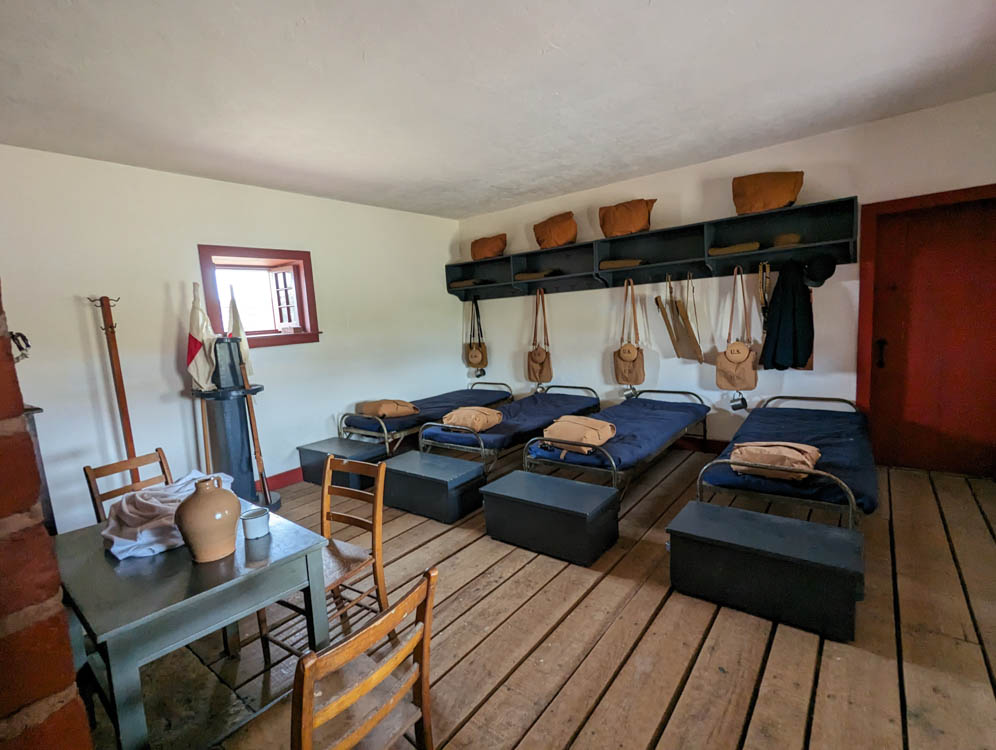
The second building that survives from the original fort is the Commanding Officer’s House. It’s also here that I learned the second and third interesting facts.
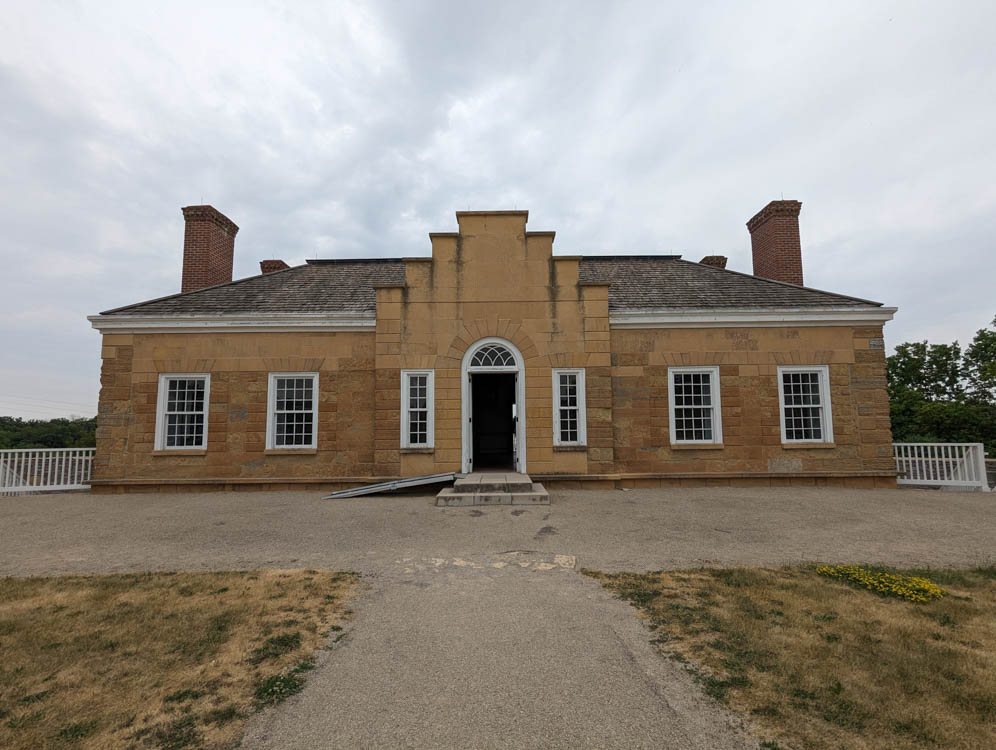
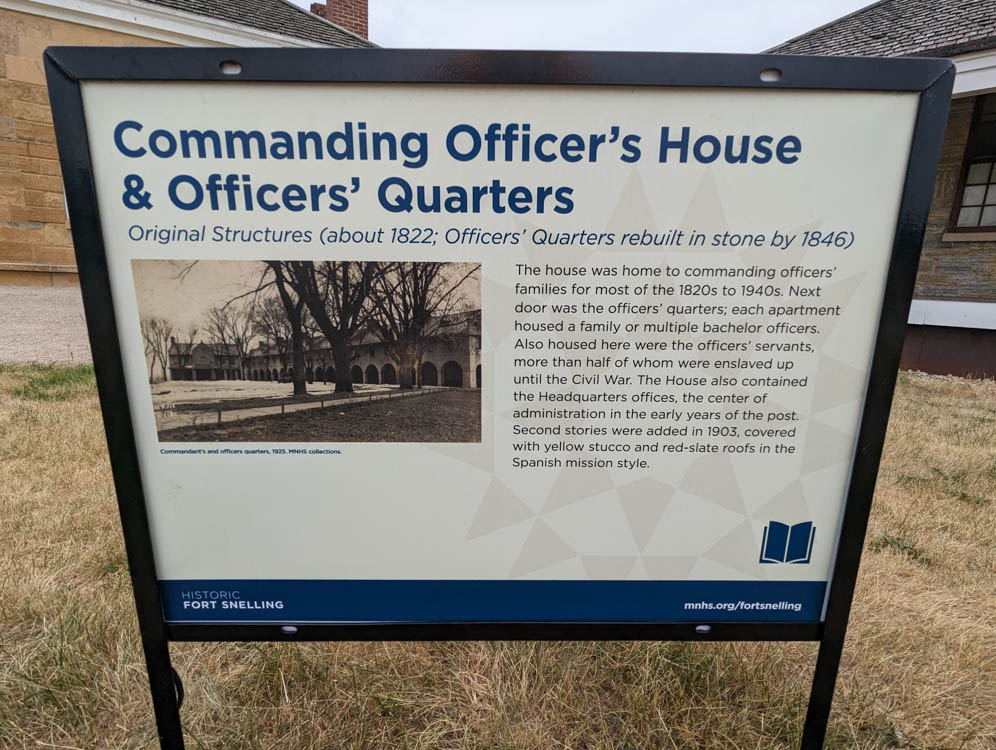
You enter the house and the first thing you see is a volunteer and display straight ahead, while to your left is a dining room. As you circle the table you’ll see the plates have names and dates on them.

It is those that were enslaved, in FREE Minnesota. The second fact that I learned is that Dred and Harriet Scott (of the 1857 Dred Scott Decision where the Supreme Court said categorically (they’d avoided choosing a side in enslavement conclusively before this) that enslaved people were property and therefore were not afforded rights for citizens) both served their respective enslavers here.
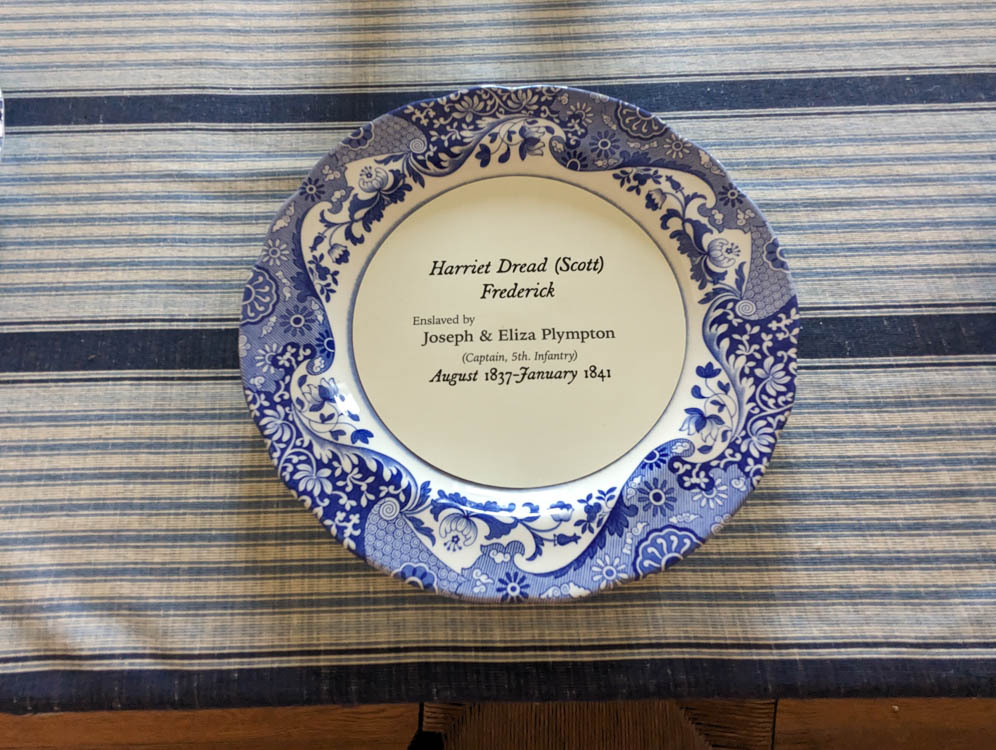
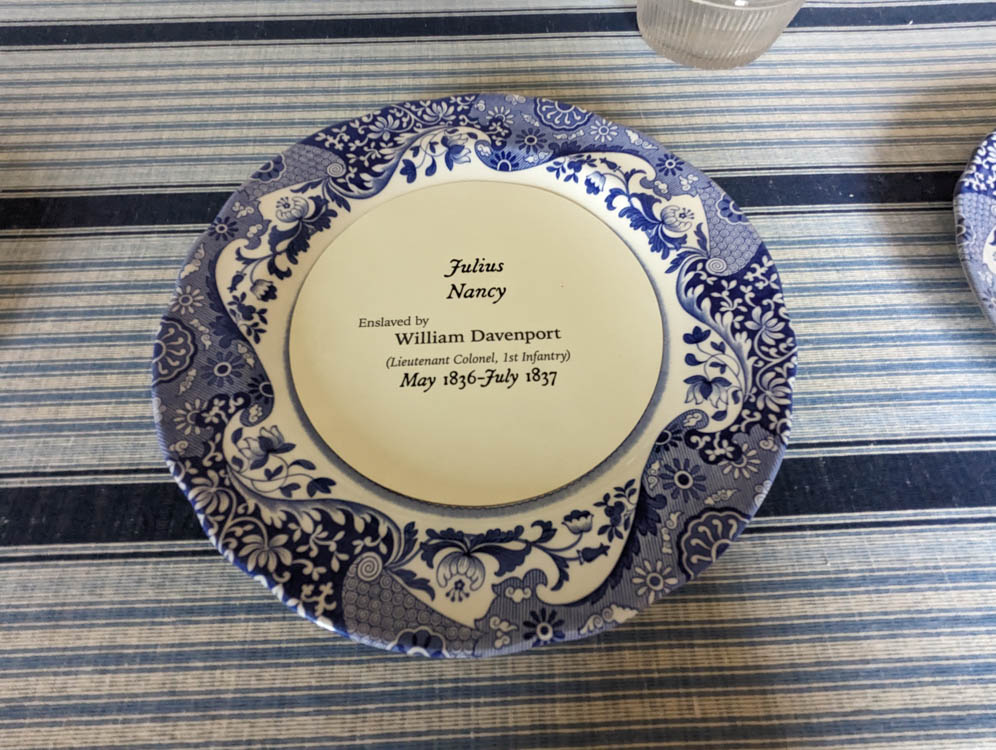
The third fact, that I didn’t know previously, was just how obvious the US Army was in supporting the institution of enslavement. It was expected that officers had servants, but as this was free territory (and later a free state) there shouldn’t have been any enslaved people. The army paid $5 per servant with the understanding that that pay went to those paid servants. However, the officers didn’t bother to hide that they were also submitting payment for enslaved people and would pocket the $5 per “servant” for those who were enslaved. This wasn’t challenged by the Army. An officer could increase their salary by 15-30% this way.
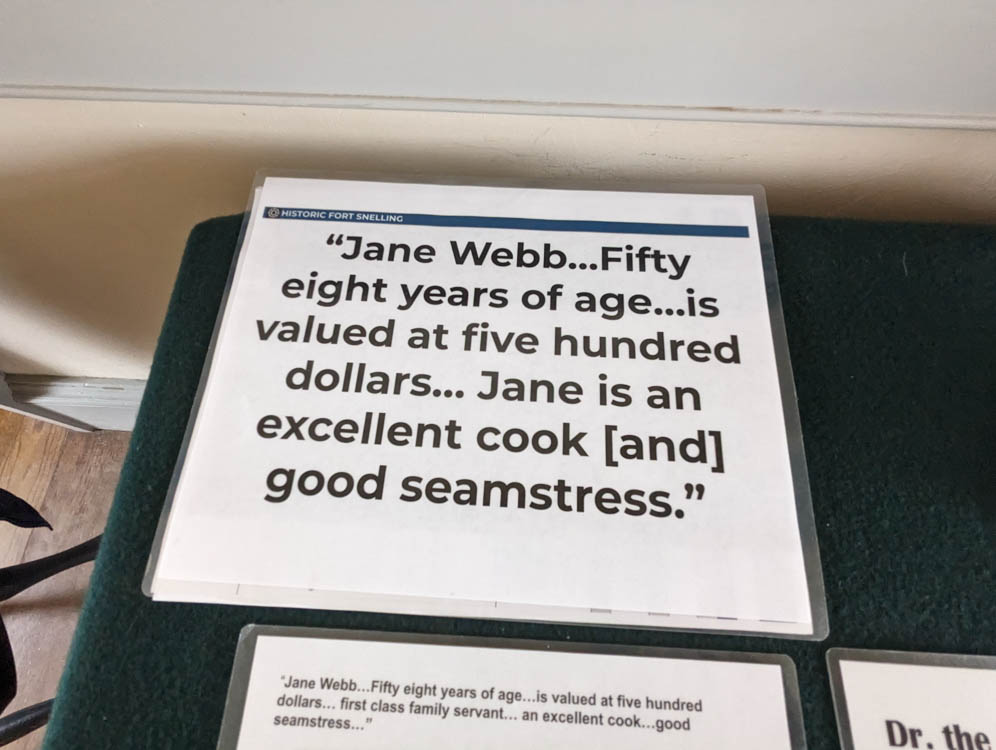
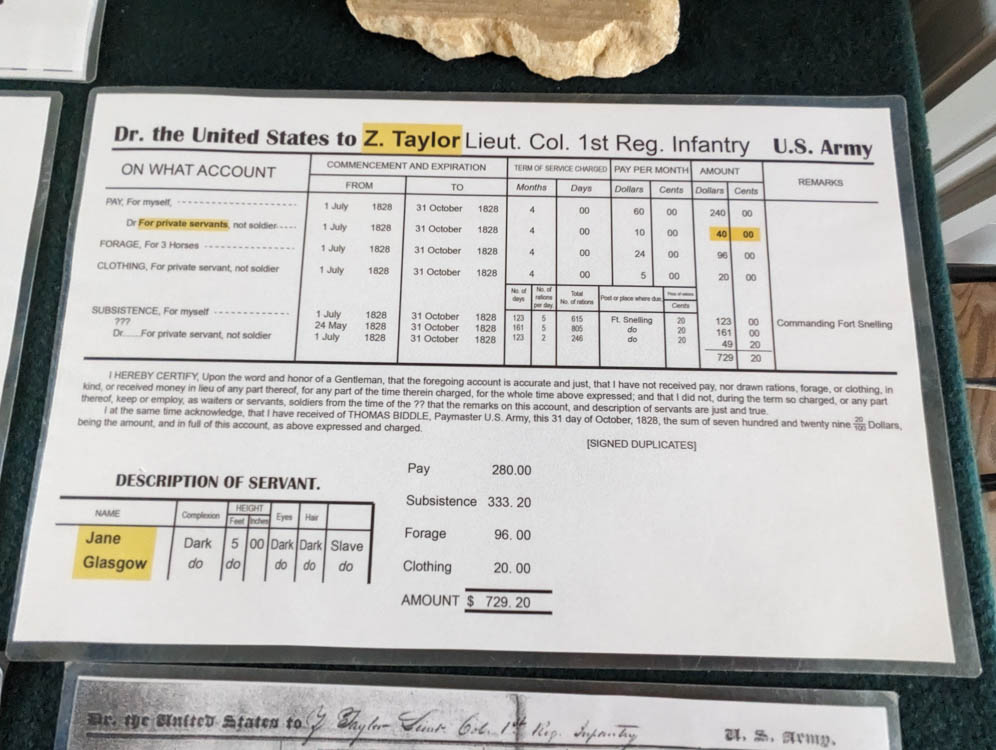
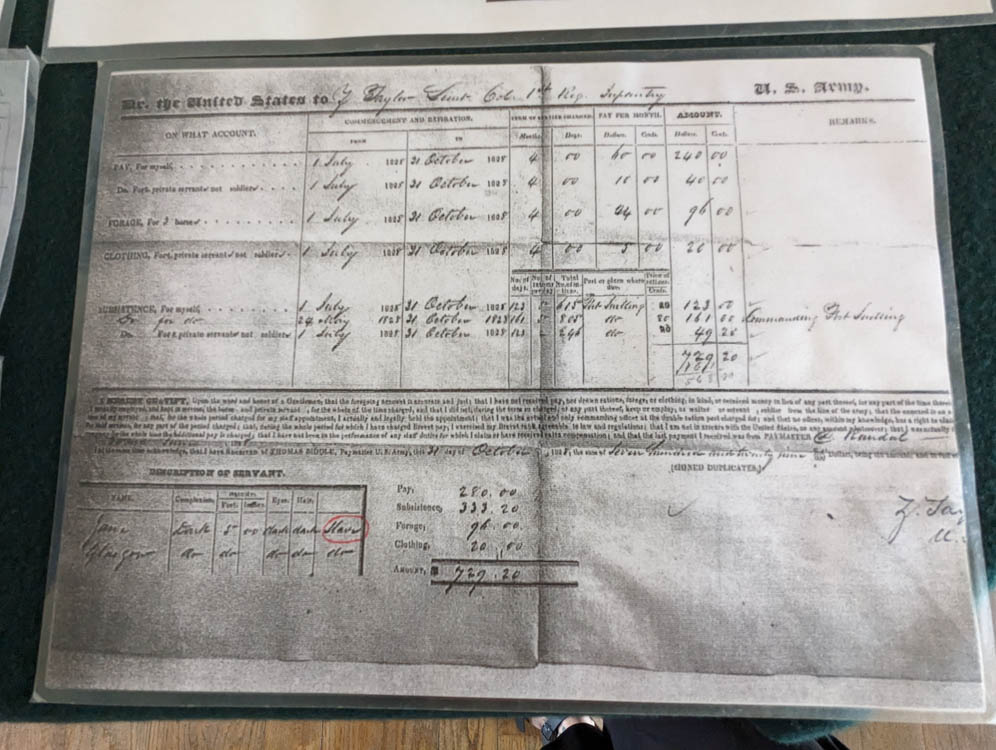
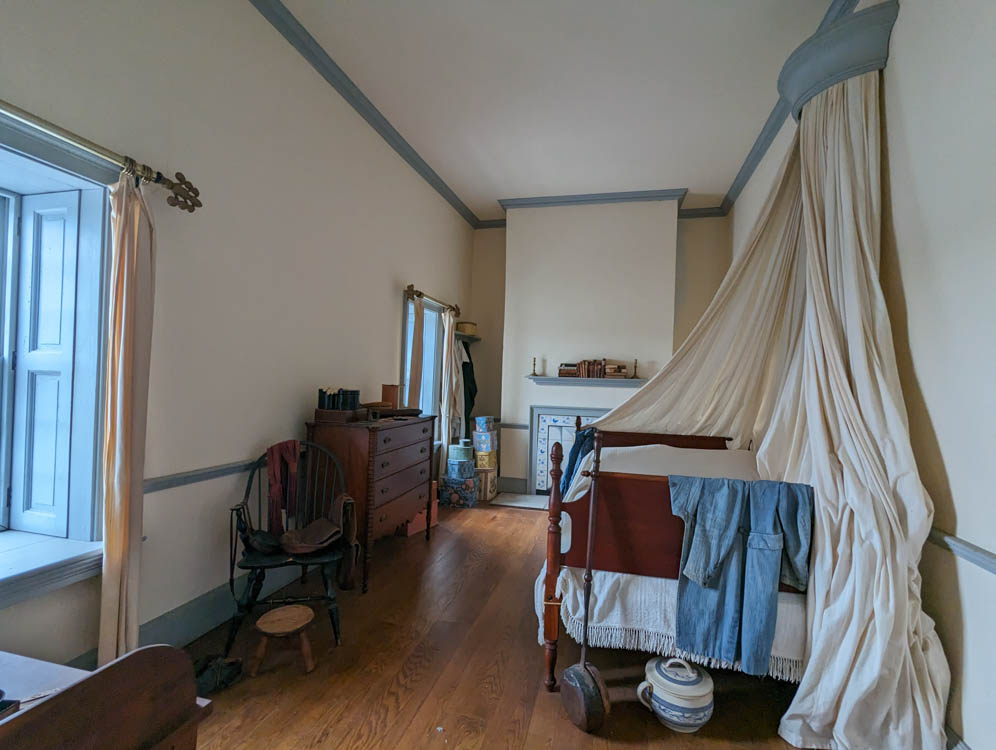

The demonstration of the women who did the laundry for the fort was fascinating. It started a few minutes early so I missed the discussion portion, but I watched as they showed exactly how hard the women worked to keep the laundry done at the fort. They used audience participation again which made it even better.
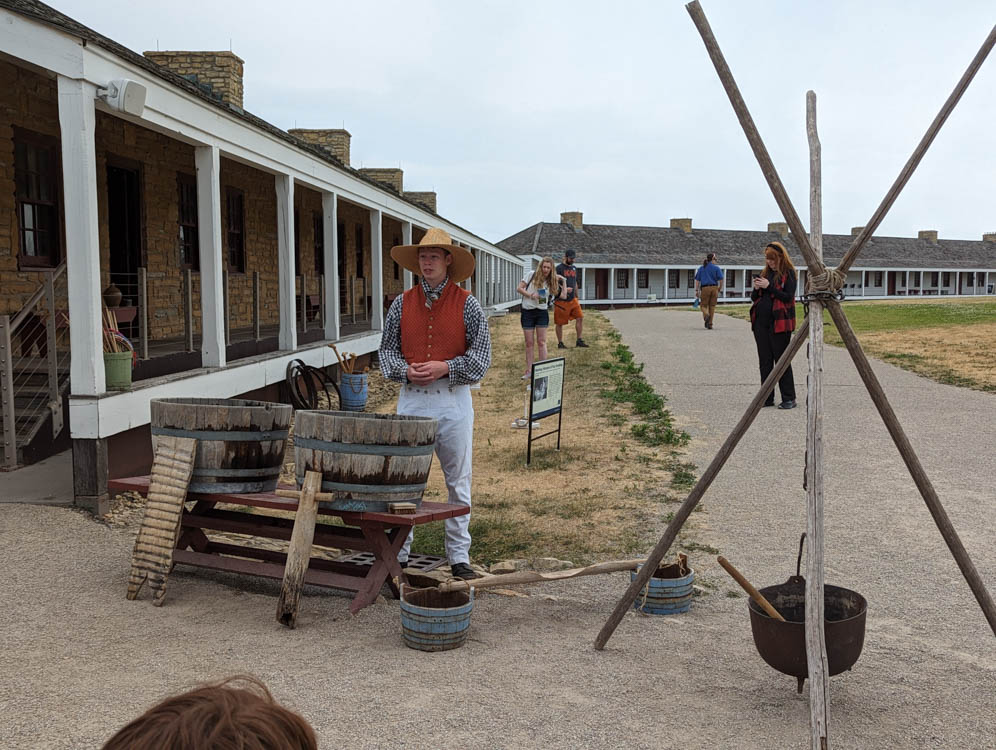
In one of the barracks which is from 1846 and the third of the original buildings (they decided to keep an original building from 1846 instead of reconstructing the building from 1820) they show exhibits about the archeology on site. This includes a birds-eye view of the foundations of the original structure.

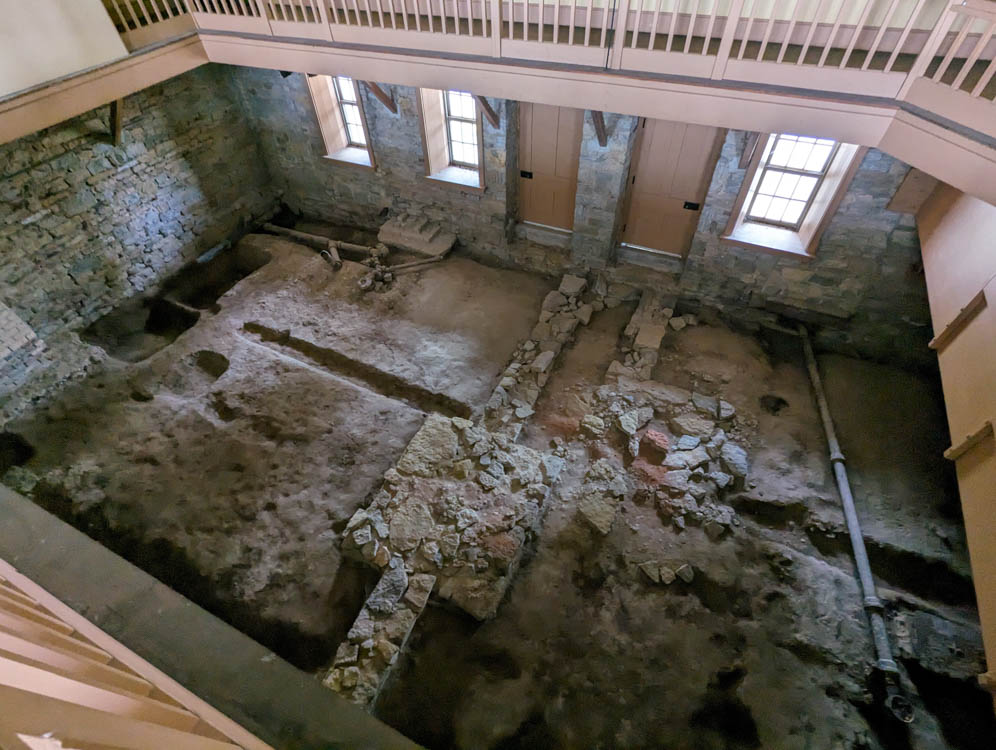
The pyramid-shaped roof below is the fourth and final original building remaining from the 1820 fort. This area leads to the shop buildings including bakers, blacksmiths, harness shop, etc. There’s a display explaining more about the story of Dred and Harriett Scott and their daughters.

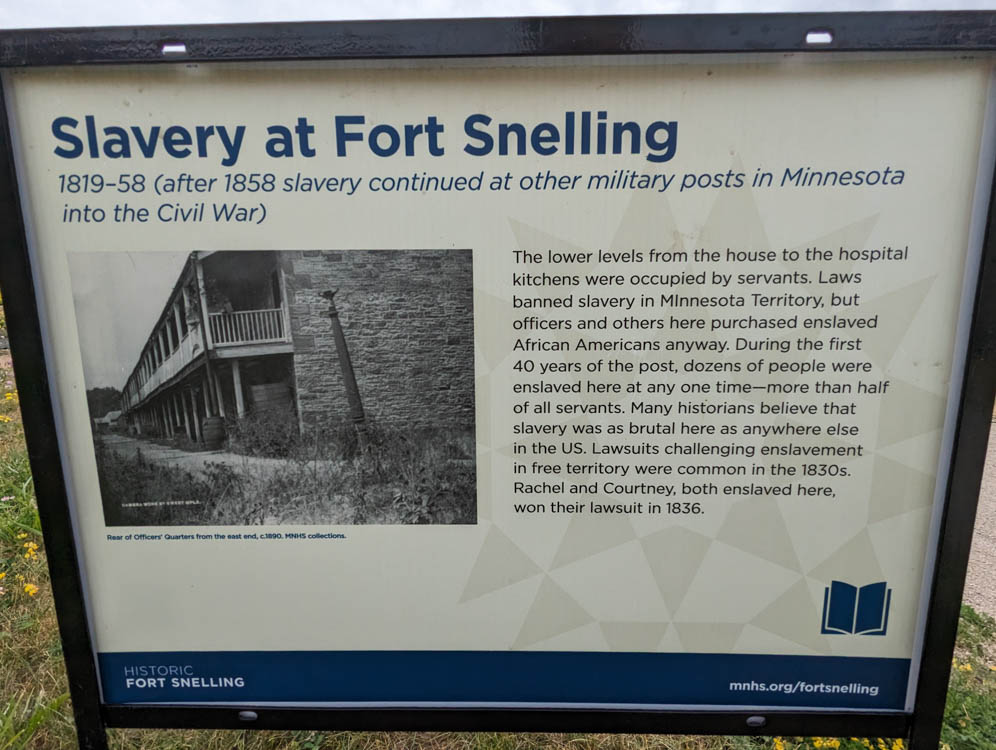


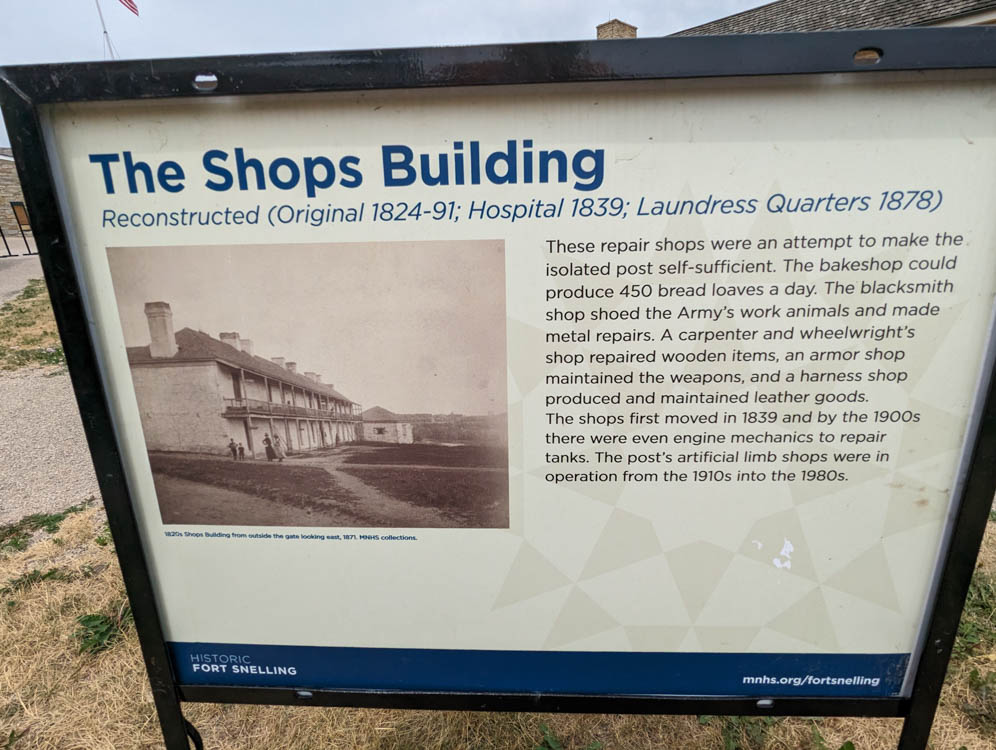

I also took a tour which was fast-paced, so you don’t get bored but it’s also full of good information. I highly recommend taking advantage of these free tours and demonstrations that are included in your $12 (at the time of writing) ticket price. I spent around three hours in just the Historic Fort Snelling part before going back to the visitor center. You might want to refresh yourself and then tackle the extra exhibits at the visitor center, but I don’t feel like I missed out by not seeing the military exhibit. If you’re really passionate about military history then I’m sure it’s a “can’t miss”, but if you just experience the film downstairs and the fort you’re still in for a fantastic, educational and interesting day.
[…] I learned interesting facts and thought they did a great job of offering extra fun included in your ticket price which involved visitor participation when possible. I highly recommend a visit – check out this post for more. […]